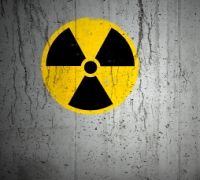

Higher-than-normal radon gas levels in HMP Dartmoor led to the relocation of some prisoners between November 2023 and February 2024. It is believed around 184 prison cells have been affected.
Radon is a natural, colourless and odourless radioactive gas that is formed when uranium in rocks and soils begins to decay. Long-term exposure to Radon can cause illness and in areas where Radon is high, levels should be monitored. Around 1,000 lung cancer deaths in the UK are attributed to the gas each year, according to the UK Health Security Agency.
A spokesperson for the Prison Service said that the prisoner relocation was a temporary measure "after routine testing revealed higher-than-normal levels of radon". They confirmed that work will be carried out to permanently reduce radon levels and stated that there were no safety implications to staff or prisoners still on site.
As Radon is ionising radiation, there are a few legal requirements that employers must follow to keep employees safe in Radon affected areas:
Radon levels in the UK tend to be higher in parts of the country that are granite-rich. In order to identify areas, the UK Health Security Agency has produced a radon map, identifying all affected areas and providing a maximum radon potential for that area. Employers in areas with a high radon potential should assess the Radon exposure and take any appropriate actions to reduce or manage it.
For more information, see: